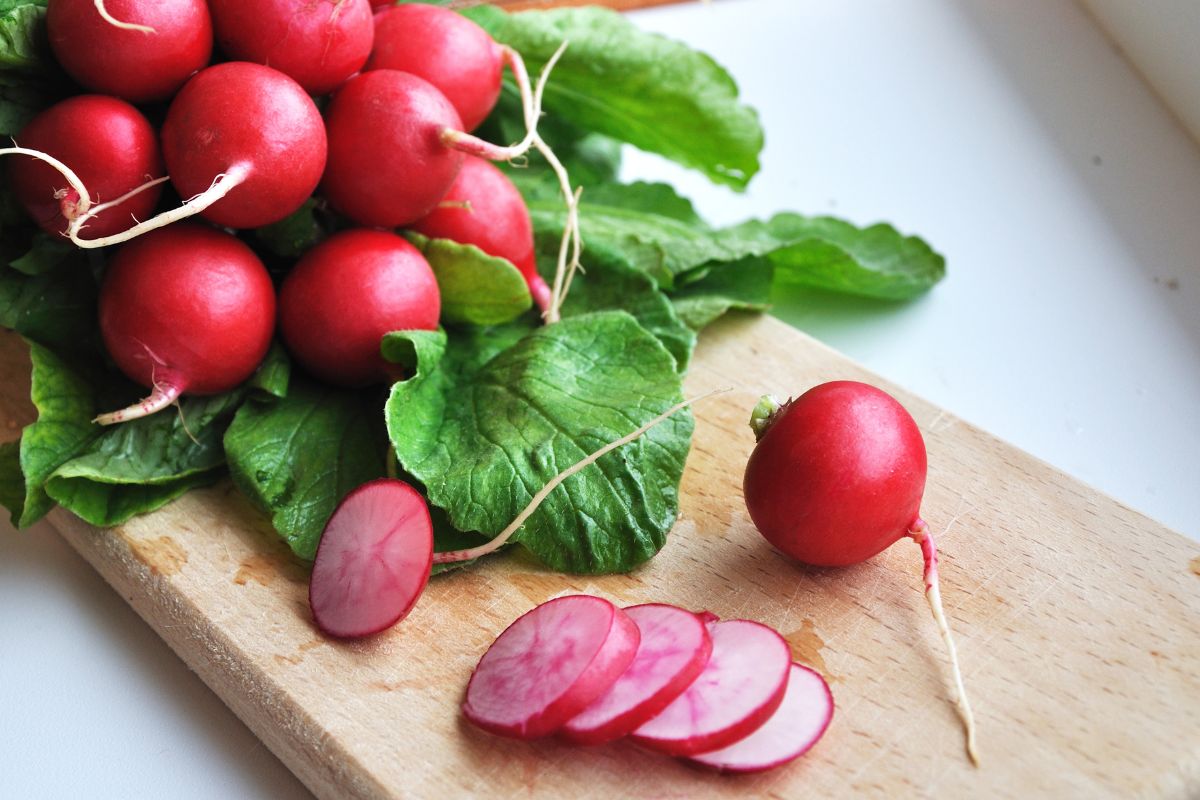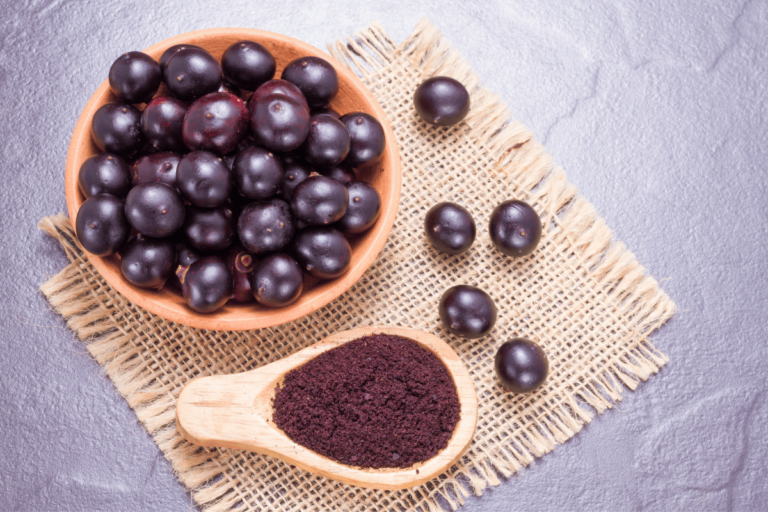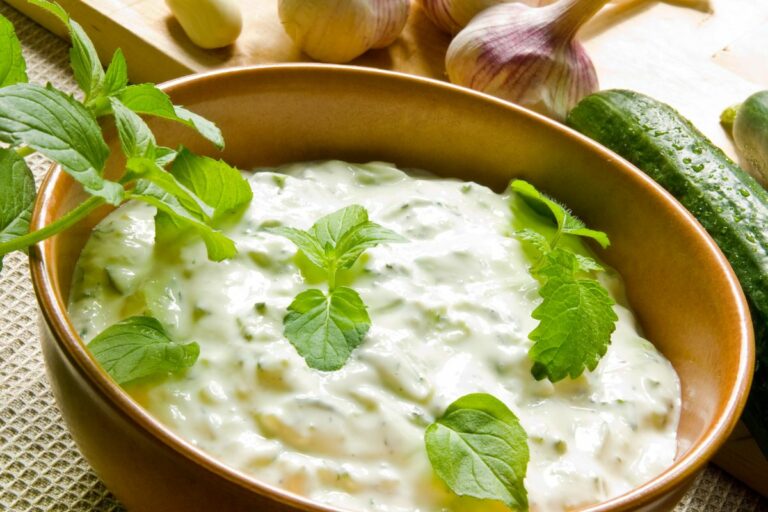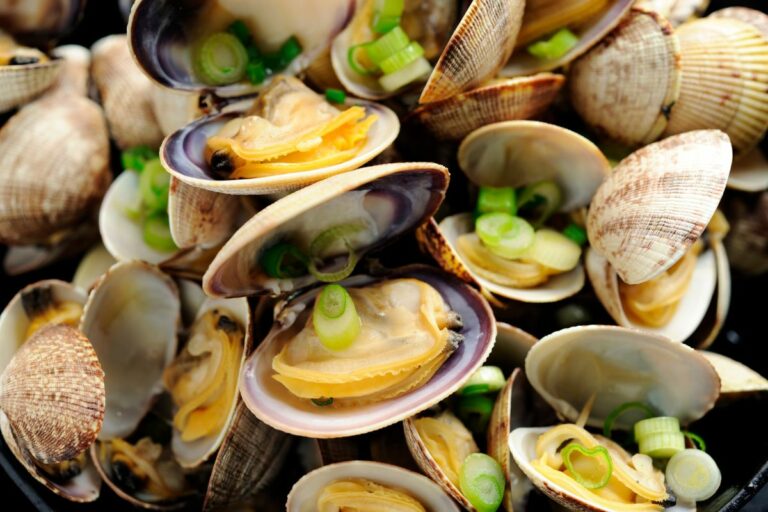What Do Radishes Taste Like?
Radishes have a unique and distinct flavor that is spicy, pungent, and slightly sweet. Their flavor profile is often described as a combination of mustard, horseradish, and pepper.
Some people find the flavor of raw radishes too strong or overpowering, but cooking or pickling them can help to mellow out their flavor and bring out their natural sweetness.
Radishes are versatile vegetables that can be eaten raw, cooked, or pickled, and are often used in salads, sandwiches, and dips. They have a crunchy texture and can add a spicy, flavorful kick to dishes. Whether you enjoy the bold flavor of radishes or prefer to use them more sparingly, they are a nutritious and tasty addition to any meal.
So, whether you are a fan of radishes or are looking to try them for the first time, read on to discover more about this flavorful and versatile vegetable.
The Flavor Profile of Radishes

Here is an overview of the flavor profiles of radishes in the table below:
| Flavor Profiles | |
| Sweet | Radishes with a sweet flavor have a mild, peppery taste and a juicy crunch. |
| Spicy | Spicy radishes have a sharp, peppery taste, often with a hint of garlic or horseradish. |
| Tangy | Tangy radishes have a sharp, acidic taste with a hint of sweetness. |
| Savory | Savory radishes have a mild, earthy flavor with a hint of bitterness. |
| Pungent | Pungent radishes have a strong, spicy flavor with a lingering aftertaste. |
Radishes can vary in flavor depending on the variety and how they are grown. Some radishes are milder and sweeter, while others are more pungent and spicy.
Red radishes, which are the most common variety, tend to be spicier than white or yellow radishes. Radishes that are grown in cooler temperatures may also have a stronger flavor, as the mustard oils that give radishes their flavor tend to develop more in cooler weather.
They can be included in many cuisines such as savory and sweet. You can eat them raw, slice or grate them into salads or sandwiches, or cook them in dishes such as stir-fries or roasted vegetables.
The spicy flavor of radishes can help to add depth and interest to a dish and can be balanced out with sweeter or creamier ingredients. You can also pair dishes with complementary flavors, such as salt, vinegar, or citrus, which can help to enhance their flavor.
Do Different Types of Radishes Offer Different Tastes?
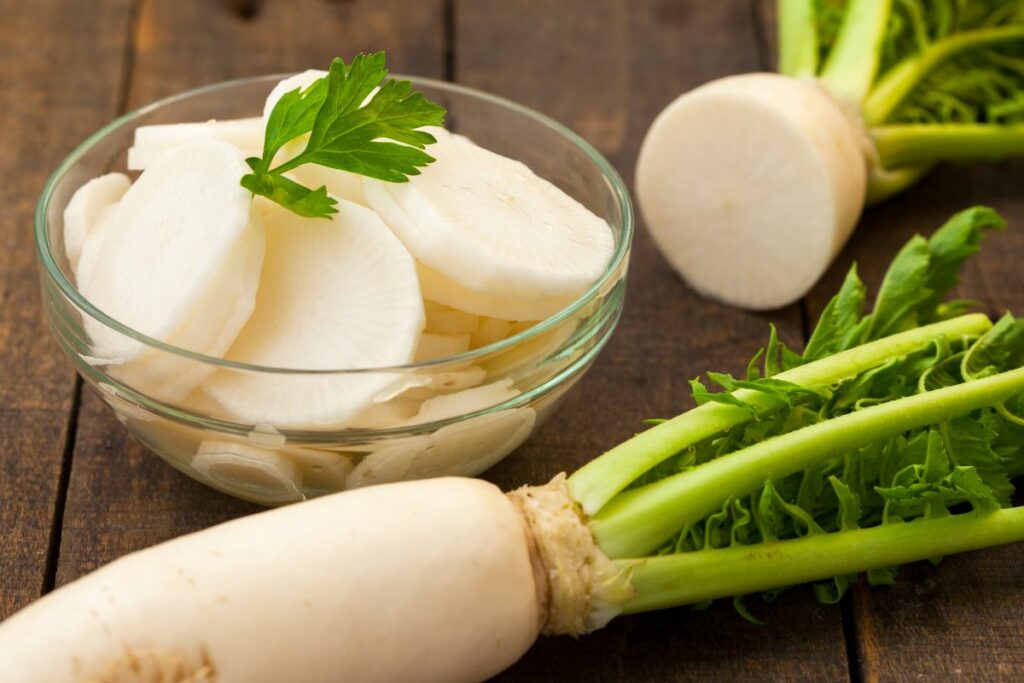
Well, yes they do. There are many different types of radishes, which can vary in size, shape, color, and flavor. Some common varieties of radishes include
- Red radishes: Red radishes are the most common variety of radishes, and are known for their round or oblong shape and bright red skin. They have a spicy, pungent flavor and are often used in salads or as garnish.
- White radishes: White radishes, also known as daikon radishes, are long and slender, with white or pale green skin. They have a milder flavor than red radishes and are often used in Asian cuisines, such as in stir-fries or pickled dishes.
- Black radishes: Black radishes are large and round, with dark black or brown skin. They have a more intense, spicy flavor than other radish varieties, and are often used in salads or roasted.
- Purple radishes: Purple radishes are round or oblong, with deep purple skin. They have a slightly sweet, spicy flavor and can be used in salads or as a garnish.
- Watermelon radishes: Watermelon radishes are round or oval, with pale green skin and a vibrant pink or red center. They have a sweet, mild flavor and are often used as a garnish or in salads.
- French breakfast radishes: French breakfast radishes are small and cylindrical, with red skin and white tips. They have a slightly spicy flavor and are often eaten raw or used as a garnish.
- Easter egg radishes: Easter egg radishes are small and round, with a variety of colors including pink, purple, and white. They have a spicy, pungent flavor and are often used in salads or as garnish.
Health Benefits of Radishes

Radishes are a low-calorie, low-carbohydrate vegetable that is high in fiber and nutrients. They are a good source of vitamin C, folate, and potassium, and also contain smaller amounts of other vitamins and minerals. Here are some potential health benefits of eating radishes:
Digestion
Radishes contain a high amount of fiber, which can help to promote regular bowel movements and prevent constipation. The pungent, spicy flavor of radishes can also stimulate the production of digestive juices, which can help to improve digestion.
Weight Loss
For being low in calories and high in fiber, radishes are a good choice for people trying to lose weight. They can help to fill you up and keep you feeling satisfied, without adding many calories to your diet.
Heart Health
Radishes contain a compound called sulforaphane, which has been shown to help lower blood pressure and reduce the risk of heart disease. They are also a good source of potassium, which can help to regulate blood pressure and reduce the risk of stroke.
Cancer Prevention
Some research suggests that sulforaphane, the compound found in radishes, may have anticancer properties. It may help to inhibit the growth of cancer cells, and may also help to reduce the risk of certain types of cancer, such as breast, colon, and prostate cancer.
Skin Health
Vitamin C is essential for healthy skin, and radishes are a rich source of it. Vitamin C helps to protect the skin from oxidative stress and can improve skin texture and elasticity. Radishes may also have anti-inflammatory properties, which can help to reduce redness and swelling in the skin.
How to Prepare Radishes to Enhance Their Flavor?
There are several ways to enhance the flavor of radishes:
- Slice or chop them thinly: This will help to release more of their spicy flavor.
- Sprinkle with salt: Sprinkling radishes with a little salt can help to bring out their natural sweetness.
- Soak in ice water: Soaking radishes in ice water for a few hours will help to crisp them up and enhance their flavor.
- Roast your radishes: Roasting radishes bring out their natural sweetness and mellows their spicy flavor.
- Pickle them: Pickling radishes in vinegar and spices will give them a tangy, flavorful kick.
- Add the radishes to salads: Adding radishes to salads can give a spicy, crunchy contrast to the other ingredients.
- Add them to sandwiches: Slice or chop radishes and add them to sandwiches for a spicy, crunchy addition.
- Add them to dips: Grate or chop radishes and add them to dips such as hummus or guacamole for a spicy twist.
Nutrition Facts of Radishes
We have covered the nutritional value of radishes per 100 grams of serving in the table below for your better understanding.
| Nutritional Value of Radish (per 100g) | |
| Calories | 16 |
| Protein | 0.7g |
| Carbs | 3.4g |
| Fiber | 1.6g |
| Fat | 0.1g |
| Vitamin C | 16mg |
| Vitamin K | 3.2mcg |
| Calcium | 34mg |
| Potassium | 184mg |
| Magnesium | 12mg |
| Iron | 0.6mg |
| Folate | 18mcg |
How to Serve Radishes In The Best Way?
Radishes are versatile vegetables that can be used in a variety of dishes, both sweet and savory. Here are a few creative ways to serve radishes:
Grated or shaved into salads
Radishes can add a spicy, crunchy texture to salads. They can be grated or shaved into thin slices and mixed with other greens and vegetables or served as a garnish on top of a salad.
Pickled
Radishes can be pickled in vinegar, sugar, and spices to create a tangy, flavorful condiment. Pickled radishes can be served on sandwiches, as a topping for burgers or hot dogs, or as a snack on their own.
Roasted
Roasting radishes can help to soften their texture and bring out their natural sweetness. They can be roasted with other vegetables or served as a side dish with a simple seasoning of salt and pepper.
Sliced Into Sandwiches
Radishes can add a spicy, crunchy element to sandwiches. They can be sliced thinly and added to sandwiches with other fillings such as cheese, meats, or spreads.
Used as Garnish
Radishes can be used as a colorful, flavorful garnish on a variety of dishes. They can be sliced or cut into decorative shapes and used to dress up appetizers, salads, or main courses.
Made into a dip: Radishes can be blended with other ingredients such as yogurt, cream cheese, or mayonnaise to create a spicy, flavorful dip. The dip can be served with crackers, veggies, or as a spread for sandwiches.
Grilled
Radishes can be grilled on skewers or in a grilling basket with other vegetables for a smoky, charred flavor. Grilled radishes can be served as a side dish or used in salads or sandwiches.
Frequently Asked Questions
Do radishes have any side effects?
Radishes are generally considered safe to eat and have no known serious side effects. However, excessive consumption may cause you to have digestive issues such as gas or bloating after consuming large amounts of radishes, particularly if you are not used to eating them.
What differentiates a turnip from a radish?
Radishes and turnips are both root vegetables that belong to the brassica family. The main difference between the two is the size and shape of their roots, as well as their flavor.
Radishes have small, round or oblong roots that are typically red, pink, or white in color and have a spicy or pungent flavor.
Turnips have larger, round, or elongated roots that are usually white or pale purple in color and have a mild, slightly sweet, or tangy flavor.
Wrap Up
Radishes have a unique and distinct flavor that is spicy, pungent, and slightly sweet. Their flavor profile is often described as a combination of mustard, horseradish, and pepper.
Radishes can be eaten raw, cooked, or pickled, and are often used in salads, sandwiches, and dips. While some people may find their flavor too strong or overpowering, others appreciate the spicy kick that radishes bring to dishes.
Overall, radishes are a flavorful and versatile vegetable that can add interest and depth to a wide variety of dishes.

